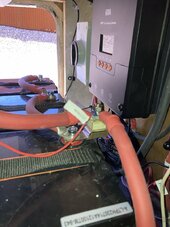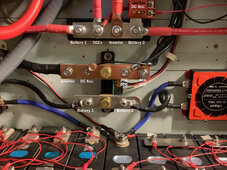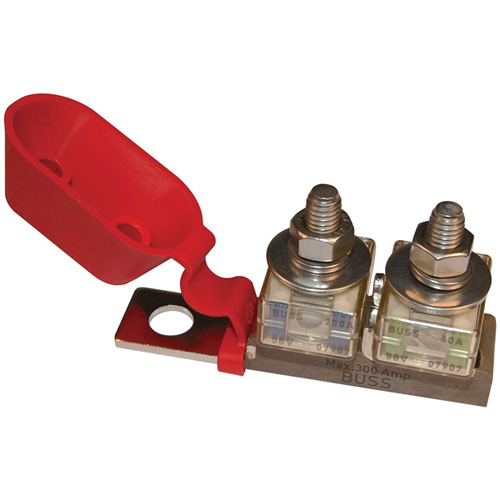jor_tucson
New Member
RV install with 1K watts and 2.2K inverter
Another rudimentary question. My Giandel inverter works great and my 2/0 cables are just barely warm but the end of the battery post is pretty hot @137 degrees F. I have a fuse mounted on the battery post as shown in the photo. Is it normal for that point to be at this temp? Thanks.
jor
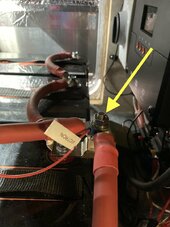
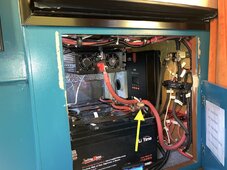
Another rudimentary question. My Giandel inverter works great and my 2/0 cables are just barely warm but the end of the battery post is pretty hot @137 degrees F. I have a fuse mounted on the battery post as shown in the photo. Is it normal for that point to be at this temp? Thanks.
jor





